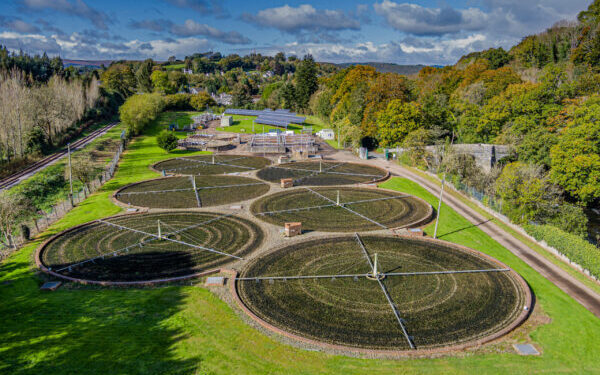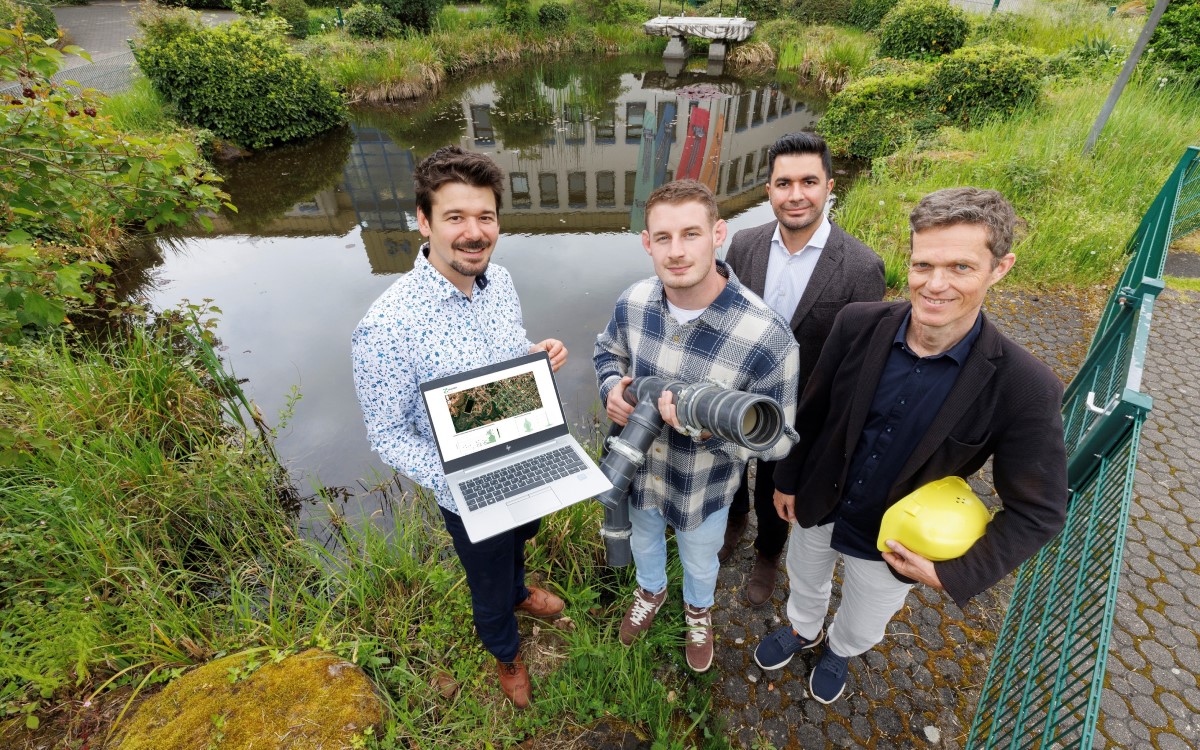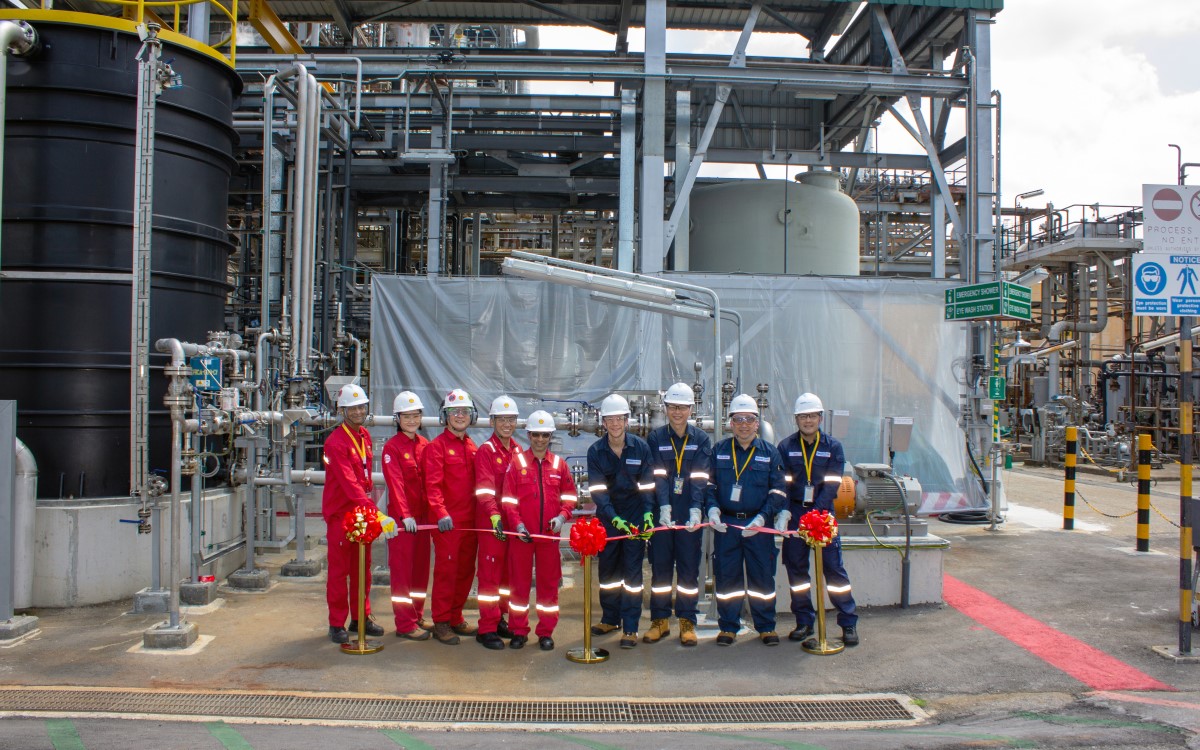04.03.2023 Ι South West Water (SWW) has been working for five years on constructing and delivering a final drainage & wastewater management plan for the UK Government. The complex process has been made easier for SWW by using advanced asset investment management software, enhancing long-term planning capabilities.
Assessment of the load on the drainage and sewage networks
In a first for the English water sector, utilities are being asked to produce drainage & wastewater management plans (DWMPs) by the UK Government Department for Environment, Farming & Rural Affairs, which includes the Environment Agency. Final DWMPs are due in spring 2023 with the purpose of developing long-term plans to assess future strains on drainage and wastewater networks from the effects of a changing climate, population growth, and increased urbanisation.
The plans are expected to be public-facing and comparable between companies. They are also, in part, a response to stricter performance targets, changing government legislation, and increased public scrutiny of combined sewer overflows (CSOs) releasing sewage and stormwater into rivers and seas during heavy rainfall.
Interventions vary from grey infrastructure solutions, such as extra storage tanks, culverts, and expanding existing wastewater networks and treatment works, to nature-based sustainable drainage solutions (SuDS), including rain gardens, retention ponds, and wetlands.
Challenging questions
Working with the 21st Century Drainage Programme, a cohort of over 40 organisations including government regulators, cross-sector companies, academics, local authorities, and environmental charities, SWW’s DWMP aims to answer the questions:
- What is the capacity of the drainage network?
- How much more is needed to ensure resilience with a changing climate?
- How can new investments be assessed to decide which will provide the biggest benefit?
- How can customers be helped to understand what can and cannot go down toilets and sinks into the sewer network?
- How can decisions on drainage investments and interventions be better explained to stakeholders?
- How can drainage be made simpler and more consistent for all stakeholders involved?
SWW has 653 catchments defined by the geographical area served by each wastewater treatment works. To enable a whole network planning process, those catchments have been grouped into 22 larger catchment areas. ICS worked collaboratively with wastewater asset managers and strategic policy personnel from SWW, using Probit’s AIM software, to create a planning framework across all 22 catchments.
The team collected data for the risks and potential interventions available and used it to generate a series of interventions, alongside associated costs. These scenarios revealed the effect of taking a ‘do nothing’ baseline position and the diminishing risks associated with different investment decisions.
Drainage lifecycle
Using the AIM platform, SWW can model the complete lifecycle of drainage and wastewater assets, anticipating changes, and how they will impact on services. This results in better decision-making for more resilient assets and reduced service disruptions.
Luke Ferriday, senior consultant at ICS said, “AIM is used methodically by firstly identifying the risks within a catchment, then asking what the cost implication would be from a range of interventions. The way that influences the risk level is then revealed. Planning scenarios can be mapped iteratively to fully understand the outcomes of multiple potential decisions in hours, not days.”
Robust results
SWW’s draft DWMP was released in September 2022 and the utility now understands the planning scenarios, interventions, and implications for its 22 catchments. This means the planning team can now investigate and revisit the scenarios and constraints within each catchment as new data and feedback come to light for its final DWMP. Constraints include budget, CSO and flood-risk targets, high priority sites at risk of flooding, intervention types, and implementation timescales.
Scenarios are easily analysed through AIM’s centralised dashboard with configuration tools enabling SWW to report back to internal stakeholders effectively. Bespoke reports can also be generated in AIM which can be used to engage with external stakeholders and customers. The collaboration with SWW, ICS, and Probit has allowed SWW to have confidence that its draft and final DWMP are robust and represent best value.
Future possibilities
Beyond using AIM for the initial planning stage of the draft and final DWMP, which ICS have also used in collaboration with water companies Severn Trent and Northumbrian Water, ICS is looking to use AIM to answer even more complex questions as new data becomes available. For example, establishing calculations and analysing what the carbon, environmental, and social benefits are of certain nature-based interventions.
Currently, this is a new field of inquiry for the English water sector, and long-term research and analysis of these variables is only beginning. Nature-based interventions have the potential to deliver a step-change in drainage and wastewater management but, due to weak understanding and a lack of evidence, they often show as the more expensive intervention compared to traditional grey infrastructure solutions.
To the website of South West Water






